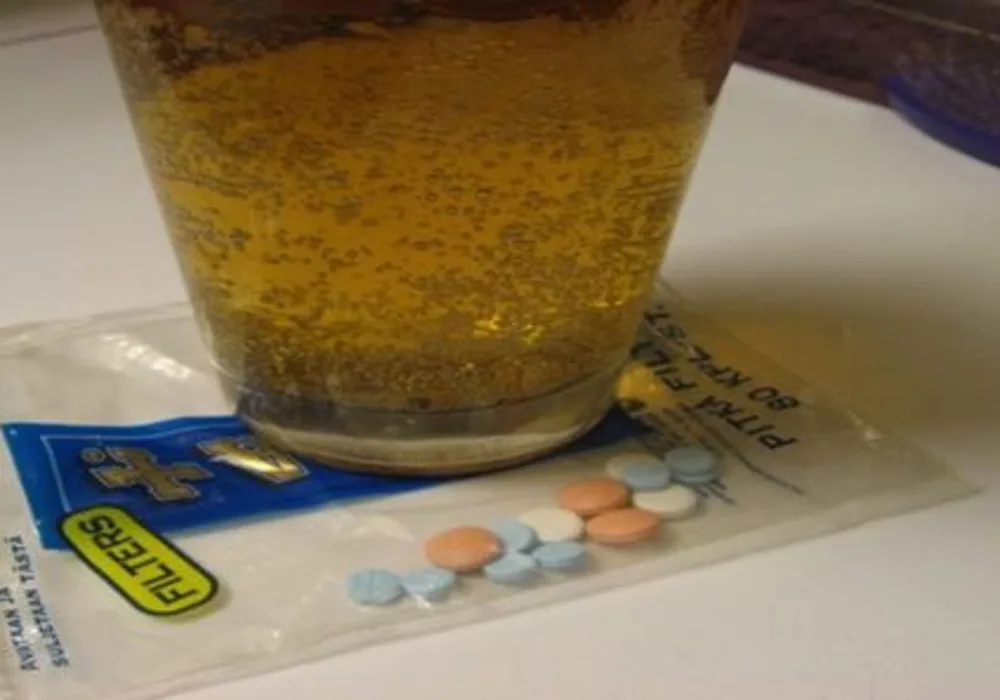According to a new study, almost 42 percent of drinkers in the US have used one or more alcohol-interactive (AI) prescription medications. The results of the study are to be published online in Alcoholism: Clinical & Experimental Research.
Alcohol interacts negatively with a number of medications that are commonly prescribed. Despite the fact that approximately 71 percent of Americans drink alcohol, only four US population-based studies have studied the use of alcohol-interactive prescription medication among US drinkers. Three out of these four studies were conducted among elderly people and one was conducted among adults of all ages. All four studies called for increased awareness about the possible consequences of this interaction.
This new study is a national-level study that estimates the proportion of adult drinkers who use a wide range of prescription medications that can interact with alcohol. This could cause significant harm including difficulty in breathing, headache, heart problems, internal bleeding, loss of coordination, and nausea.
Rosalind A. Breslow, an epidemiologist in the division of epidemiology and prevention research at the National Institute and her co-authors examined the data from 1999-2010 National Health and Nutrition Examination Survey. Past year alcohol consumption and past-month prescription medication use was analysed for 13.557 men and 13,100 women.
The study found that 42 percent of drinkers in the US population used one or more AI prescription medications. The proportion in the group 65 and older was almost 78 percent. The main therapeutic classes of AI medications that were used included cardiovascular agents, central nervous system agents, metabolic agents and psychotherapeutic agents.
Breslow points out that older people are more likely to be taking AI prescription medications since they have more chronic diseases. Older people are also more likely to be taking multiple medications and thus are at a higher risk for harmful alcohol-medication interactions. The ability to metabolize alcohol decreases with age and the metabolism of several medications that interact with alcohol also slows down in older people. Thus, there is a larger window for potential alcohol/medication interactions.
According to Breslow, "the data don't tell us exactly how many people in that 41.5 percent actually drink and take their medications within a similar time frame or how often they do so. However, if someone drinks regularly and takes medications regularly, the likelihood of taking them within a similar time frame is pretty high."
Co-author Aaron White highlights that mixing prescription medications with alcohol can have a variety of effects, some of which can be deadly.
Breslow concludes that the findings from this study indicate a major gap in literature. There are a large number of people in the US who drink regularly and who could be at risk of serious alcohol and medication interactions and yet there is no nationally representative data that queries this combined use of alcohol with prescription medicines. She recommends that people should be educated, especially the elderly, about the risks and the need to consult with their doctor or pharmacist about possible interactions.
Source: Alcoholism: Clinical & Experimental Research
Image Credit: Newseveryday.com
References:
Rosalind A. Breslow, Chuanhui Dong, Aaron White. 2015, Prevalence of Alcohol-Interactive Prescription Medication Use Among Current Drinkers: United States, 1999 to 2010. Alcoholism: Clinical and Experimental Research.






